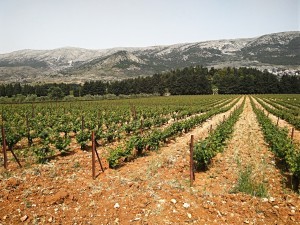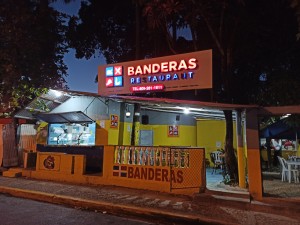EAT IN ASIA / Destinations / Other destinations / Europe / Hungary
Hungarian Unicum Zwack 1790
Tags: HUNGARY
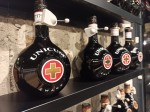
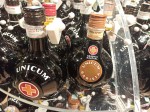
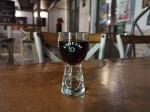
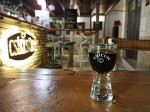
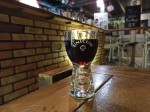
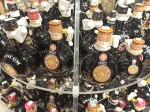
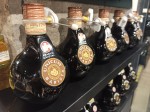
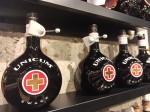

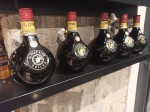



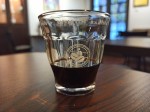


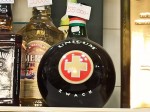
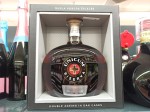

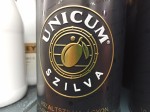

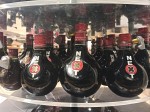
Have you ever heard about Unicum? Do you know what is it? If you are a liquor amateur, you probably do, but it is highly probable that you do not. So, to make it a little bit less mysterious to you – Unicum is a traditional, Hungarian herbal liquor.
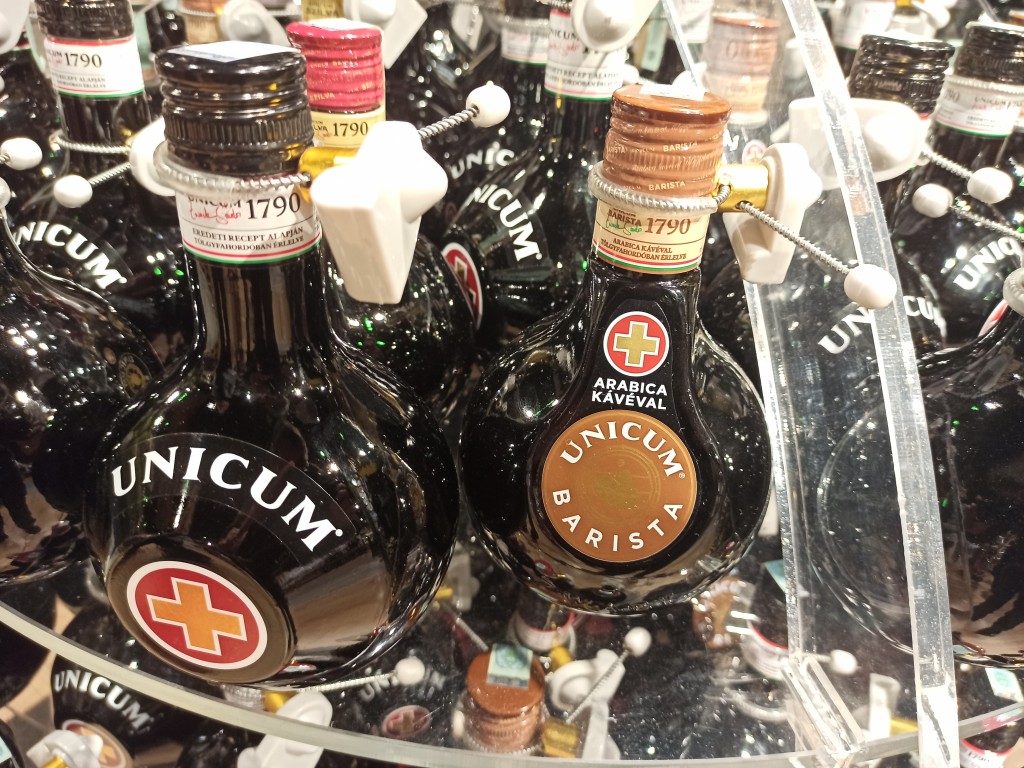
Why is Unicum so unique?
According to some sources, Unicum has a very long history. It is said that the receipt was prepared in 1790, and that it has not changed since that time. However, it was not before 1883, when Unicum became recognizable, and both the bottle and the label were patented by one of the Zwack family members. And the method of the production and the receipt has not been changed since 1892!
How does Unicum taste?
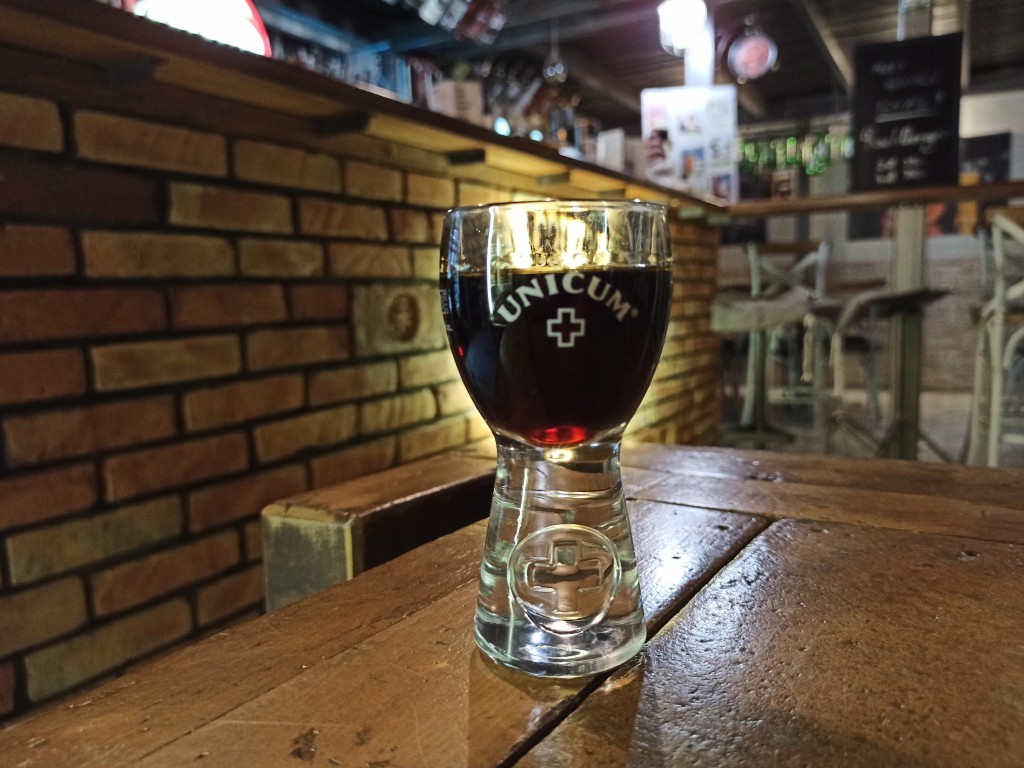
Unicum’s bottle is as unique as the taste. The bottle has a dark, olive-green color, has a bulb shape in the lower part, and a long, thin in the upper one. The label is also characteristic as it represents a classic cross.
The drink is also dark. The color is very dark – a dark brown or even black. It is clear, with no milky tints. When you open the bottle, or smell it from the glass, a strong herbal aroma hits you at once. So, now, you know how it looks like and how does it smell. Now, it is finally time for tasting it. Unicum is very bitter and gives you a unique sensation on heat on your tongue. Apart from that, it is a little bit oily and definitively it is soft in the consistency. As the heat wave appears after a sip, it seems that the alcohol content is higher than declared on the bottle – 40%.
Ingredients
The composition of all herbs and spices is secret and protected since the beginning of the production. What is known, is the fact that the herbal composition consists of more than 40 different varieties. Most of these spices and herbs derives from the Carpathian Sea region, but there are also these from Indonesia, Morocco, China, India, Nigeria, America, and Australia. The exact amount of each ingredient is measured manually, and a couple of key ingredients is selected and precisely measured by only one family member – at these days, this is Anne Marshall Zwack.
Production
As we said it before, herbs and spices are selected manually and the exact amount of each of them is precisely weighted. To get the characteristic and unique aroma, the production has two quite complicated steps. In the first one – extraction, herbs are being sunk in the corn spirit. Thanks to that, Unicum gets its intense taste. After that process, herbs and spices are being crushed, distilled, and put into a traditional wooden open barrel, like a bath. To guarantee the quality of Unicum, a special tasting jury is proclaimed, and the final process starts. Unicum is put into oak barrels and left for aging. Unicum distillery, has still about 500 barrels that are kept in cellars!
History
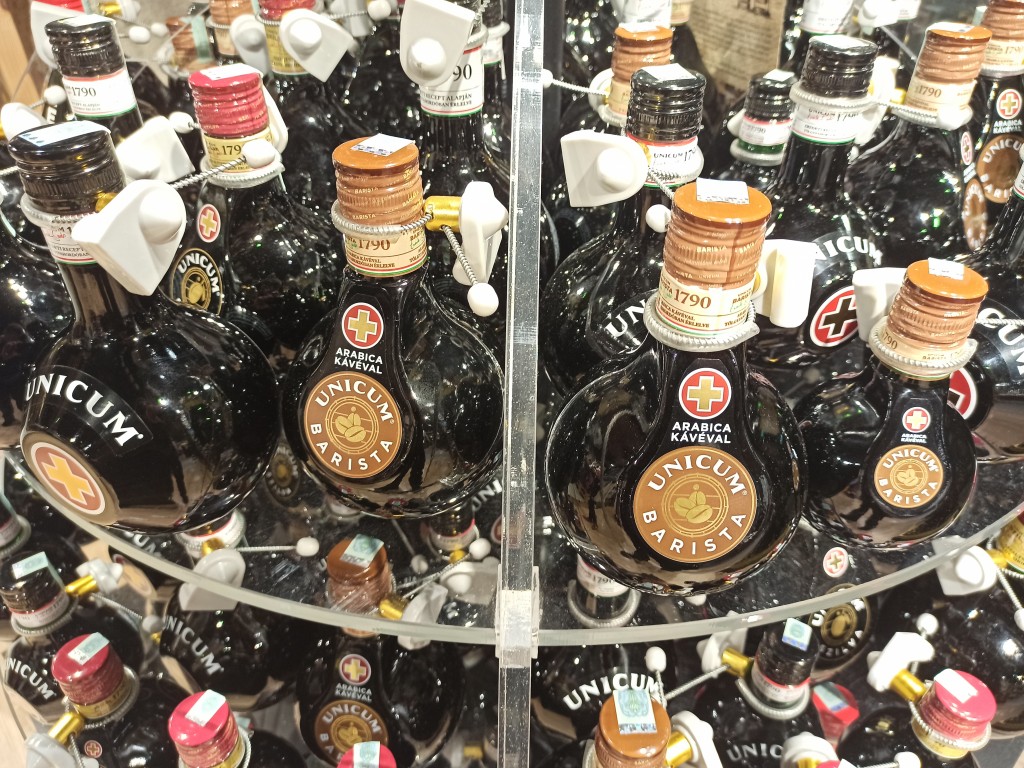
According to the producer information, the receipt of Unicum was for the first time created in 1790, by Joseph Zwack who was a monarch’s doctor. It is said, that Zwack offered this liquor to the monarch as a medicament. It had to help in stomach problems and relieve gastric disorders. When the monarch tried it, he was at once convinced about its health benefits. At the same time, he exclaimed – ‘Doctor Zwack, das ist ein Unicum!’, what means – ‘doctor zwack, it is amazing!’. However, there is no confirmation of it in any historical sources.
Joseph Zwack started his business in the middle of the 19th century in Pest. But it was not till 1883, when the liquor was registered for the first time. Its characteristic round bottle and a white cross on a red background, are kept in an almost the same design till now. Another interesting fact regarding the design is the fact that starting from 1899, the Zwack’s distillery was paying money to the Hungarian Red Cross Society for the usage of the cross. However, later due to legal issues and to avoid controversial discussions, the company decided to change slightly their logo. In consequence, the red cross was replaced by a golden one placed on a red background.

At the end of the 19th century, Zwack’s distillery was producing over two hundred different beverages and was one of the most important distilleries in the Central Europe. In 20’s and 30’s in 20th century, the company was struggling with a lot of different problems. At the beginning, the global crisis made a negative impact on the market, while during the 2nd World War, the factory was significantly destroyed after the German attack. After the war, the family started rebuilding the distillery and modernizing it. However, it did not last a long time, because at the end of 40’s, the distillery was nationalized. The history of the Zwack’s family is then divided into two. The first one is linked to Hungary, while the second one with the United States, where one of the Zwack brothers - János emigrated. The second brother that stayed in the country – Béla and was still producing Unicum. During the nationalization period, the family was pressed to reveal the exact list of ingredients to the national authorities. Zwack did not do that and instead gave a false description of the production, while the real, original one was kept in secret. The family was pressed to leave the country. In consequence, Béla emigrated to Italy, where in Milano he continued the distillery of Unicum.
The family started producing the liquor in Milano in Italy. Starting from that time, two different spirits were produced. The first one, produced in Hungary was sold both in the country and abroad. The second one, was distilled in Italy and sold only abroad.
When the second brother – János, arrived in the United States, he sued Hungary for using Zwack’s family trademark. The whole process lasted for a couple of years, but finally, the family won it and in consequence, the national, Hungarian distillery was not allowed to use the mark abroad (both Zwack and Unicum).
Finally, in 1988 the family came back to Hungary, and continued the production process in the old distillery. Despite the previous nationalization process the family had to buy once again all distillery buildings from the country.
Unicum varieties
Unicum
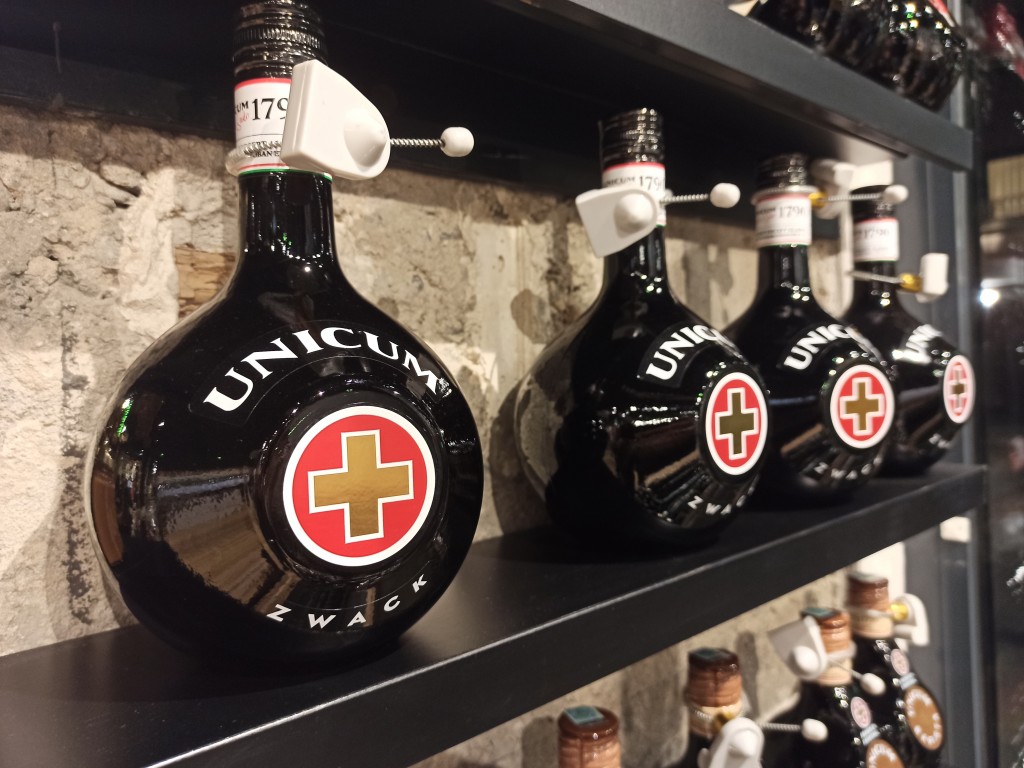
The basic liquor that is produced according to the secret receipt. It is distilled from over 40 spices and herbs and aged in barrels.
Unicum Next
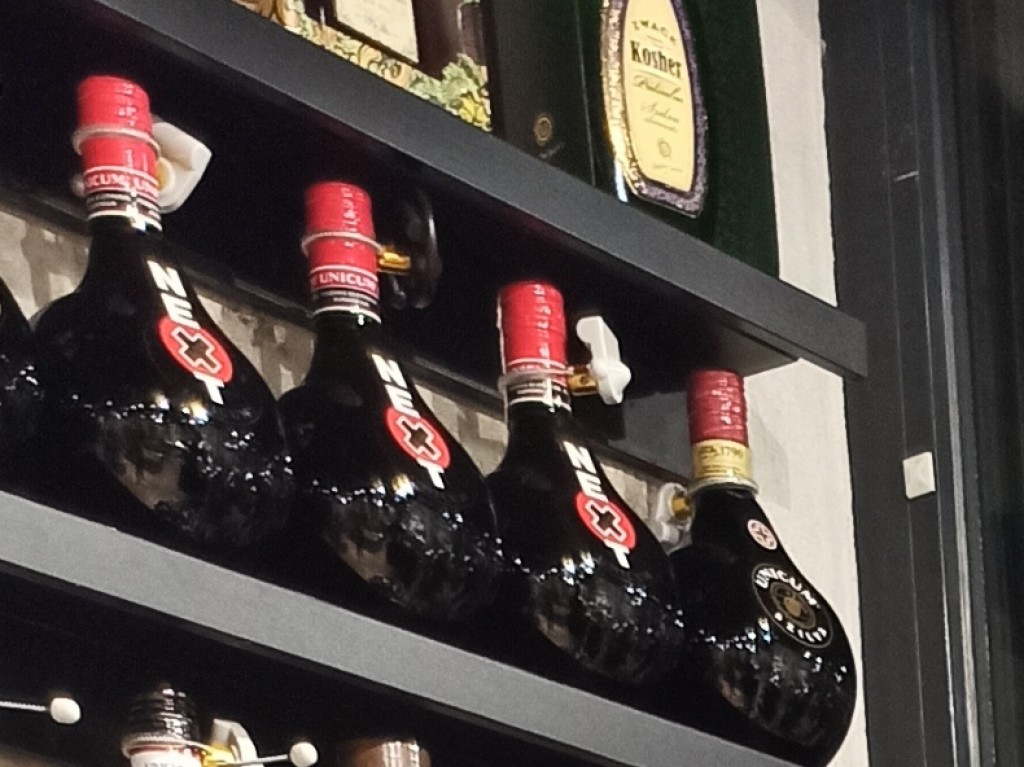
Launched for the first time in 2004. It has a harmonious composition of Unicum and citrus fruity notes. Very often it is served in ice cold shots.
Unicum Szilva
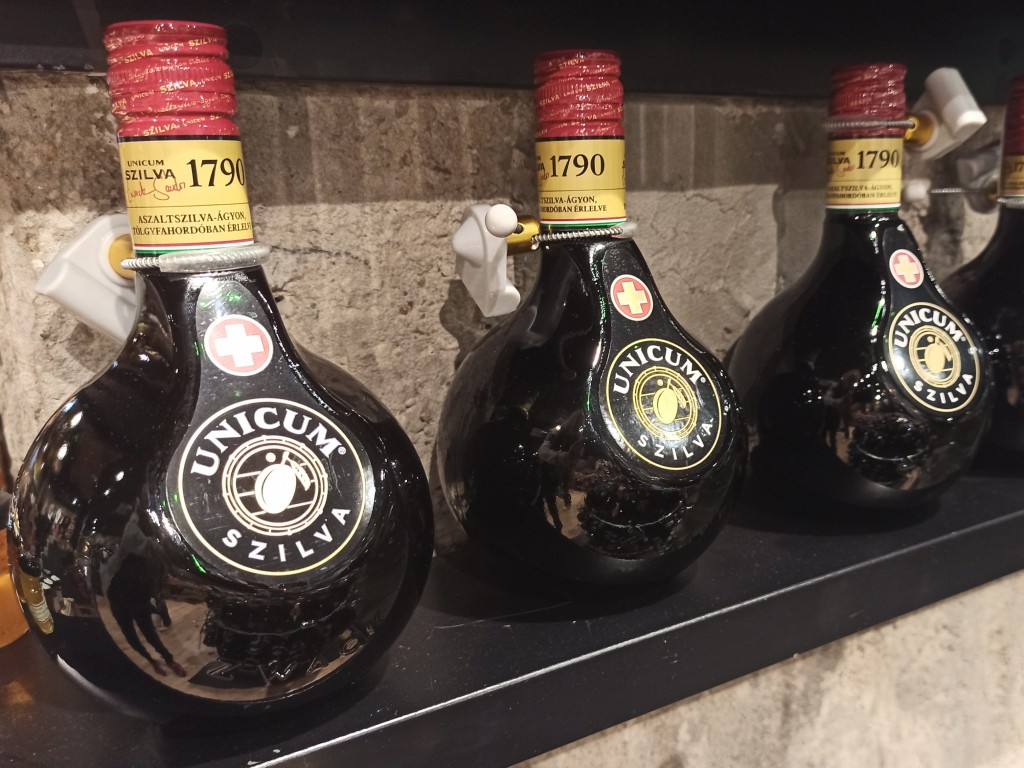
Unicum Szilva is a plum liquor launched in 2012. That is the first liquor in the world that basis on dried plums, herbs, and spices. The main process stays the same for Unicum Szilva as is the one for a regular Unicum. It is also aged in barrels for a couple of months.
Unicum Riserva
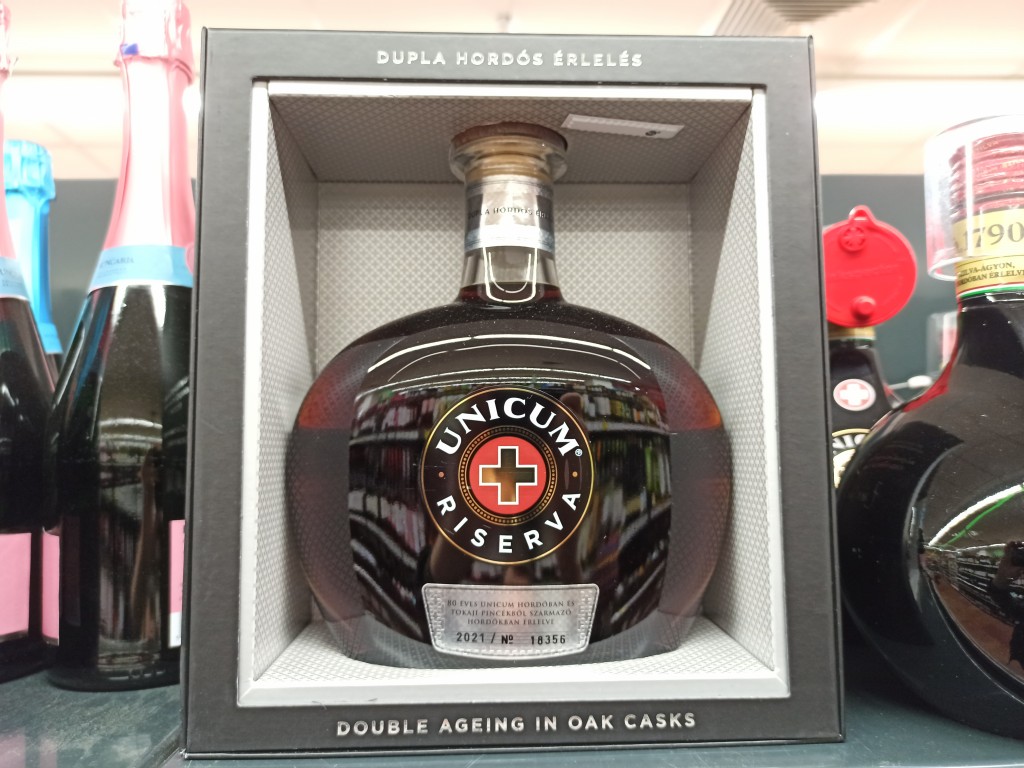
In 2017 Unicum Riserva was presented for the first time. This is the first herbal liquor that was classified as a super-premium one. It is uniqueness comes from the specific aging process that is done in a double barrel. Unicum Riserva is a composition of herbs and Tokaj wine taste. The most curious thing is, that the first aging process is done in the oldest Zwack’s distillery’s barrel. This inner part of the barrel is covered with a special substance that is being formed during the aging process. Thanks to it, the liquor gets it is first special aroma. After that, the spirit is aged in barrels from wineries from Tokaj, that give the second unrepetitive flavor.
Unicum Barista
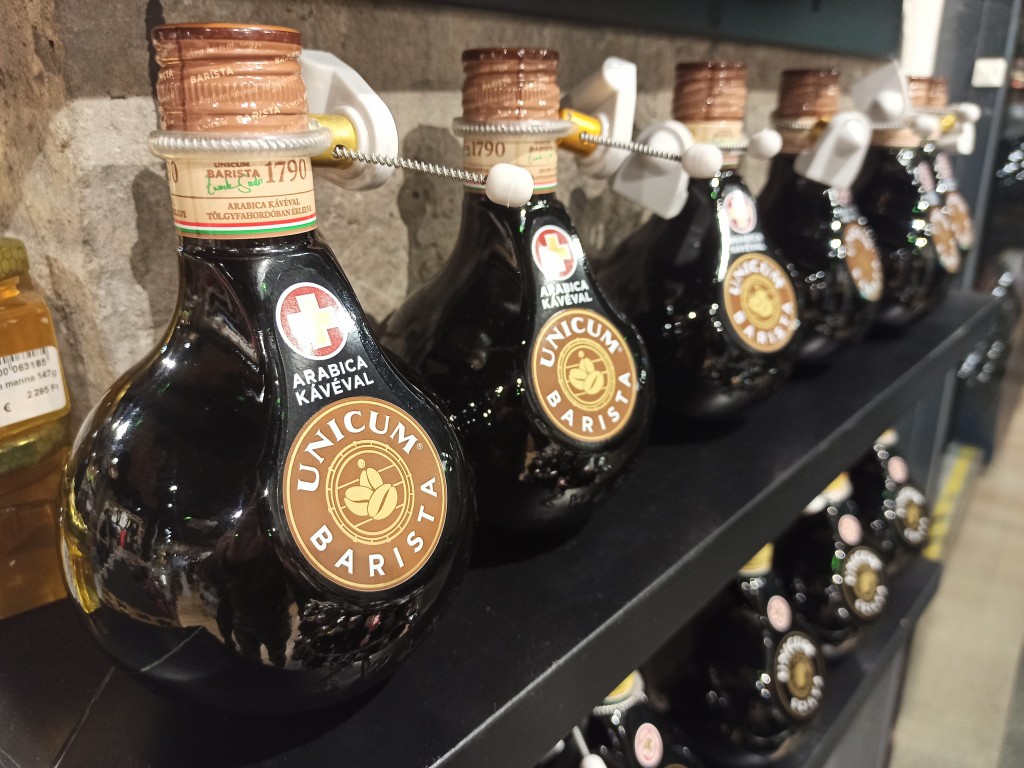
Finally comes Unicum Barista that was launched in the first part of 2021. Unicum Barista is a combination of a regular Unicum liquor with arabica coffee (Read more about coffee in the post).
If you are curious about other spirits and liquors, check our posts on Hungarian Palinka and about the best spirits and liquors in Romania.
Date: 2021-12-29
Author: Beti – A passionate traveler and lover of Asian cuisine, especially Thai and Japanese dishes, Bernadeta brings her culinary and cultural experiences to life in her writing. Beyond her travels, she’s an avid technology enthusiast with a deep interest in data processing, merging her love for exploration with analytical insights.
Photographer: Adalbert – An aficionado of computers and photography, Adalbert captures the essence of diverse cuisines with a discerning eye. A connoisseur of rich flavors and particularly fond of meat-based dishes, he combines his technical skills with his passion for the culinary arts in every shot.



